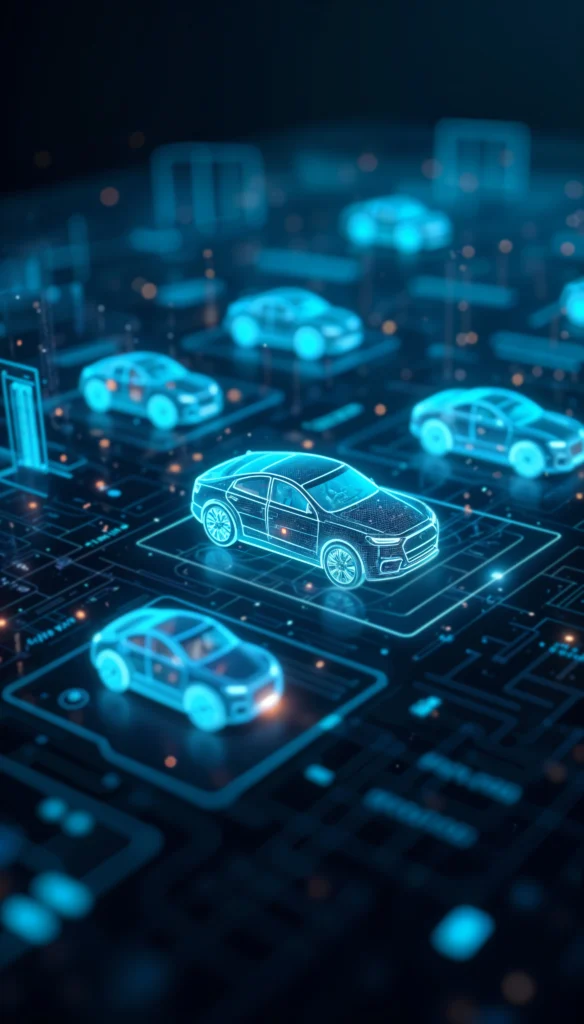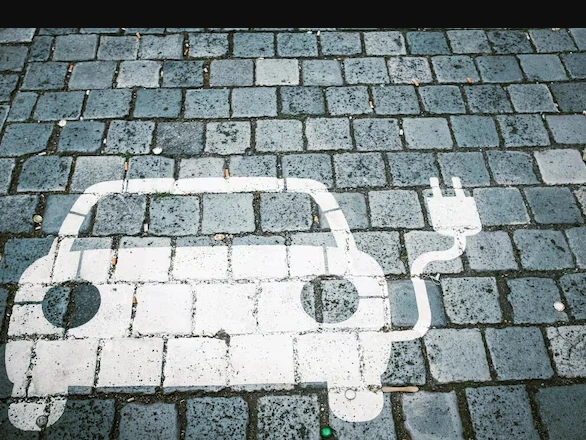In recent years, electric vehicles (EVs) have shifted from futuristic concepts to everyday realities on American roads. Spurred by environmental concerns, technological innovation, and rising gas prices, the U.S. auto market is undergoing a historic transformation. Electric cars are no longer just about being green—they’re about performance, innovation, and the future of transportation.
But the path forward isn’t entirely smooth. Challenges such as infrastructure gaps, battery supply chains, and consumer education still stand in the way of mass adoption. So, what does the next decade hold for electric cars in the United States? Below, we explore four key areas shaping the EV landscape: technology, policy and infrastructure, consumer demand, and long-term challenges.

Rapid Technological Advancements
One of the most compelling forces driving the electric car revolution is technology. Over the past decade, EVs have seen exponential improvements in range, reliability, and overall performance. The average electric car now offers over 250 miles of range per charge, with premium models like the Tesla Model S and Lucid Air pushing well beyond 400 miles.
Battery innovations are central to this progress. While current EVs rely on lithium-ion batteries, the next big breakthrough may come from solid-state batteries. These offer higher energy density, faster charging times, and improved safety by eliminating flammable liquid electrolytes. Companies like Toyota, QuantumScape, and BMW are investing heavily in solid-state research, with production targets set for the late 2020s.
Beyond batteries, software integration is transforming how drivers interact with their vehicles. Over-the-air updates, AI-powered driving assistants, and smart navigation tools are becoming standard features. Tesla, Rivian, and even traditional automakers like Ford are redefining the driver experience with increasingly intelligent and connected vehicles.
Electric drivetrains also unlock new possibilities for design and performance. With fewer moving parts than internal combustion engines, EVs are easier to maintain, accelerate faster, and allow for innovative layouts like flat floors and extra storage space (known as “frunks”—front trunks).

Government Support and Infrastructure Growth
Public policy is a powerful engine in the EV transition. In the U.S., federal and state governments are rolling out a suite of incentives, infrastructure investments, and regulations to accelerate electric car adoption.
A cornerstone of this effort is the Inflation Reduction Act of 2022, which expanded tax credits for EV buyers. New and used electric vehicles now qualify for up to $7,500 in incentives, provided they meet certain manufacturing and price criteria. These credits are helping to make EVs more accessible to middle-class consumers, not just early adopters.
The federal government is also investing $7.5 billion into a national charging network, with a goal of building 500,000 public chargers by 2030. This is critical in addressing “range anxiety”—the fear of running out of power before reaching a charging station. Major retailers like Walmart and Starbucks are also entering the game by installing EV chargers at select locations, further normalizing the experience.
At the state level, places like California are leading the charge with zero-emission vehicle mandates and plans to ban the sale of new gas-powered cars by 2035. Other states, including New York, Massachusetts, and Washington, are following suit.
Additionally, the push for domestic EV production is gaining momentum. To reduce reliance on overseas supply chains, federal incentives now favor vehicles assembled in North America, and billions are being funneled into U.S.-based battery and semiconductor plants.

Consumer Trends and Market Expansion
The American consumer is changing, and so is their relationship with electric vehicles. While early adopters were primarily eco-conscious tech enthusiasts, today’s EV buyers come from all walks of life. Families are choosing electric SUVs, tradespeople are exploring electric trucks, and urban commuters are flocking to compact EVs.
Surveys show that more than 60% of U.S. consumers are considering an EV for their next purchase, driven by a mix of financial and environmental motivations. EVs offer lower operating costs, including savings on fuel and maintenance. Over the lifetime of a vehicle, these savings can amount to thousands of dollars.
Model diversity is another key factor in consumer growth. Automakers are no longer just releasing small electric sedans—they’re launching pickups, crossovers, and even performance sports cars. The Ford F-150 Lightning, Chevrolet Silverado EV, and Tesla Cybertruck are bringing electrification to America’s favorite vehicle segment: the pickup truck.
Additionally, improvements in charging speed and home charger affordability have removed major friction points. With many EV owners able to fully charge overnight at home, daily driving is simpler and more convenient than ever.
Leasing programs, battery replacement warranties, and increased availability of used EVs are also expanding access. These factors collectively point to a tipping point where electric vehicles become not just an alternative, but the default choice for most drivers.

Challenges and the Road Ahead
Despite all the momentum, the transition to electric cars still faces major headwinds. Chief among them is the supply chain for EV components—particularly rare earth metals and minerals like lithium, cobalt, and nickel. Many of these materials are sourced from politically unstable regions or countries with poor labor and environmental records.
To combat this, the U.S. is investing in domestic mining and recycling programs. Companies like Redwood Materials are working to recover and reuse battery materials from old electronics and vehicles, reducing the need for new mining and helping to establish a circular battery economy.
Another critical issue is the electric grid. As millions of EVs come online, electricity demand will surge. Without modernization, the grid could become strained, especially during peak hours. Investment in renewable energy, smart grids, and vehicle-to-grid (V2G) technologies will be essential to ensure reliability.
Workforce development is also a challenge. EVs require different expertise than traditional gas-powered vehicles, meaning that auto workers, mechanics, and engineers must undergo significant retraining. Policymakers and companies alike are investing in reskilling programs to prepare the labor force for this new era.
Finally, consumer education remains vital. Many potential buyers are still unaware of EV benefits, concerned about range limitations, or unsure about how and where to charge. Addressing these concerns through outreach and better dealership experiences will be key to achieving widespread adoption.
Conclusion: A Roadmap for the Next Generation
The future of electric cars in the United States is bright, but not guaranteed. It will require sustained effort, bold investments, and ongoing innovation across every part of the ecosystem—from mining to manufacturing, policy to public perception.
With coordinated action from government, business, and consumers, the U.S. has the opportunity not just to catch up, but to lead in the global EV race. The coming decade will determine whether electric cars become a luxury for the few or a sustainable, scalable solution for the many.
The road ahead may be electric—but it’s also full of possibilities.
Table of Contents
Rafael Nadal Honoured with a Historic Tribute at Roland Garros – trendsfocus
Tesla’s Struggles Raise Big Questions for the Future of Electric Cars